Are you tired of struggling with mismatched screws or wondering which type is best for your project? Look no further! In this extensive guide, I will take you on a journey through the fascinating world of screws, from the basics to specialized types. By the end, you'll be equipped with the knowledge to confidently choose the right screw for any task.
Screws are the unsung heroes of construction and everyday life. They provide the stability and strength needed to hold things together, and they come in various shapes and sizes. Let's start by understanding the fundamentals.
Definition of Screws: Screws are threaded fasteners designed to create a secure and durable connection between two or more objects. Their simple design belies their incredible versatility.
The Importance of Screws: Without screws, our world would fall apart—literally! They play a crucial role in industries ranging from construction to technology, ensuring safety and functionality.
Historical Development: The history of screws is a journey through time, from ancient innovations to modern precision engineering. Discover how they've evolved over centuries.
The type of screw head can significantly impact your project's outcome. Let's delve into the world of screw heads and explore the pros and cons of each.
Flat Heads: These screws provide a flush finish, making them ideal for woodworking projects where a smooth surface is essential.
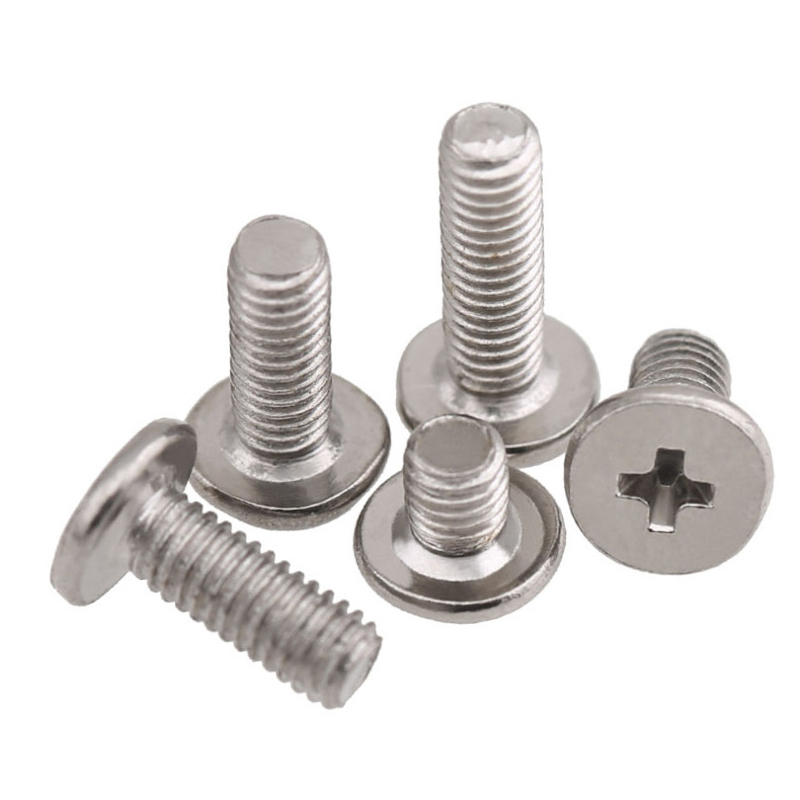
Round Heads: Known for their strength and durability, round-headed screws are used in heavy-duty applications like building construction.
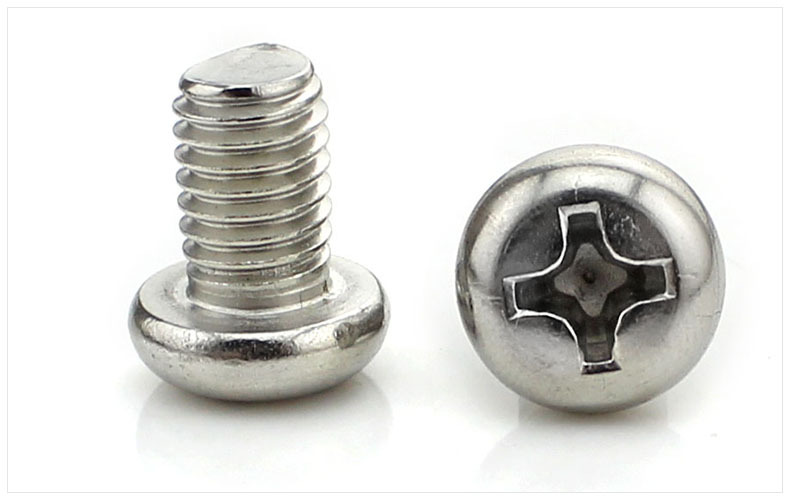
Table 1: Comparison of Common Screw Head Types
| Screw Head Type | Advantages | Disadvantages | Common Applications |
|---|---|---|---|
| Flat Heads | - Flush finish - Suitable for wood | - Limited torque - Not ideal for heavy loads | Woodworking, cabinetry |
| Round Heads | - High strength - Good for heavy loads | - Not aesthetically pleasing - May stick out | Construction, structural applications |
| Hex Heads | - Superior grip - Less likely to strip | - Not flush - Limited aesthetics | DIY projects, automotive |
| Phillips Heads | - Easy to use with Phillips screwdriver | - Prone to stripping - Limited torque | Household items, electronics |
Now, let's dive into the wide array of screws available, considering materials, threads, and specialized types.
Screws come in various materials, each with its unique properties and applications. Understanding these materials is essential for choosing the right screw for your project.
Steel Screws: Steel screws are among the most common and versatile. They are known for their strength and durability. These screws are often used in general-purpose applications, including woodworking, construction, and automotive projects.
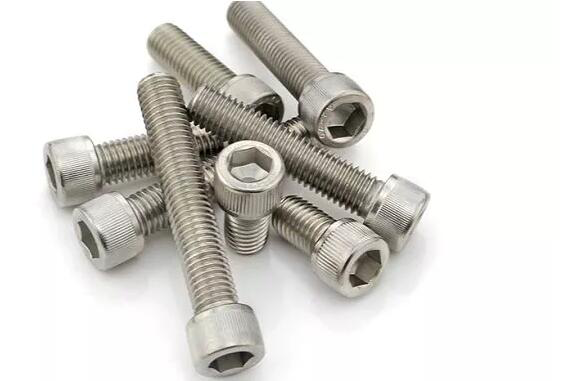
Stainless Steel Screws: Stainless steel screws are prized for their corrosion resistance. They are an excellent choice for outdoor projects, marine applications, and anywhere exposure to moisture is a concern.
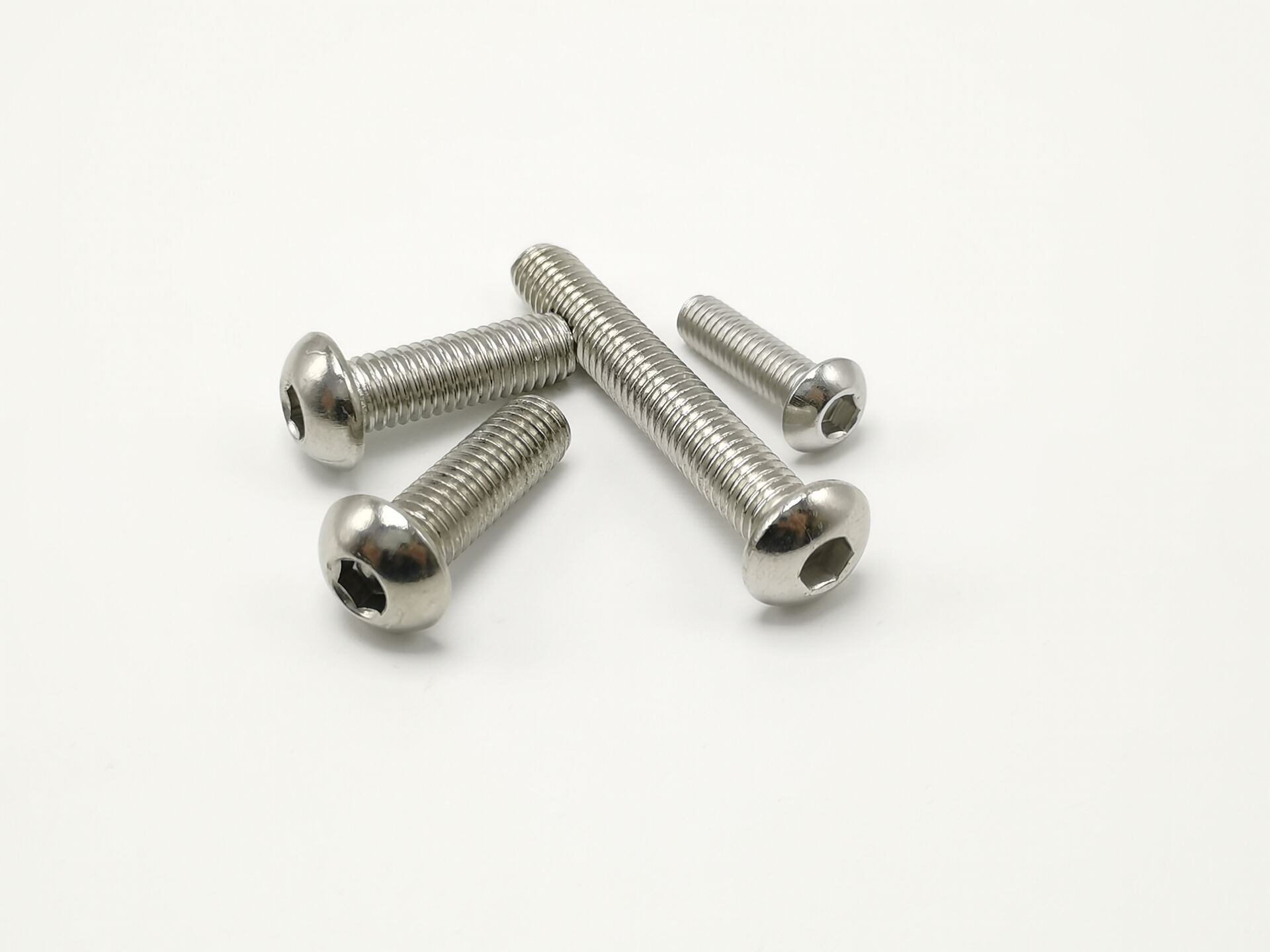
Brass Screws: Brass screws are valued for their aesthetic appeal and resistance to corrosion. They are often used in decorative and marine applications, as well as in musical instruments and electronics.
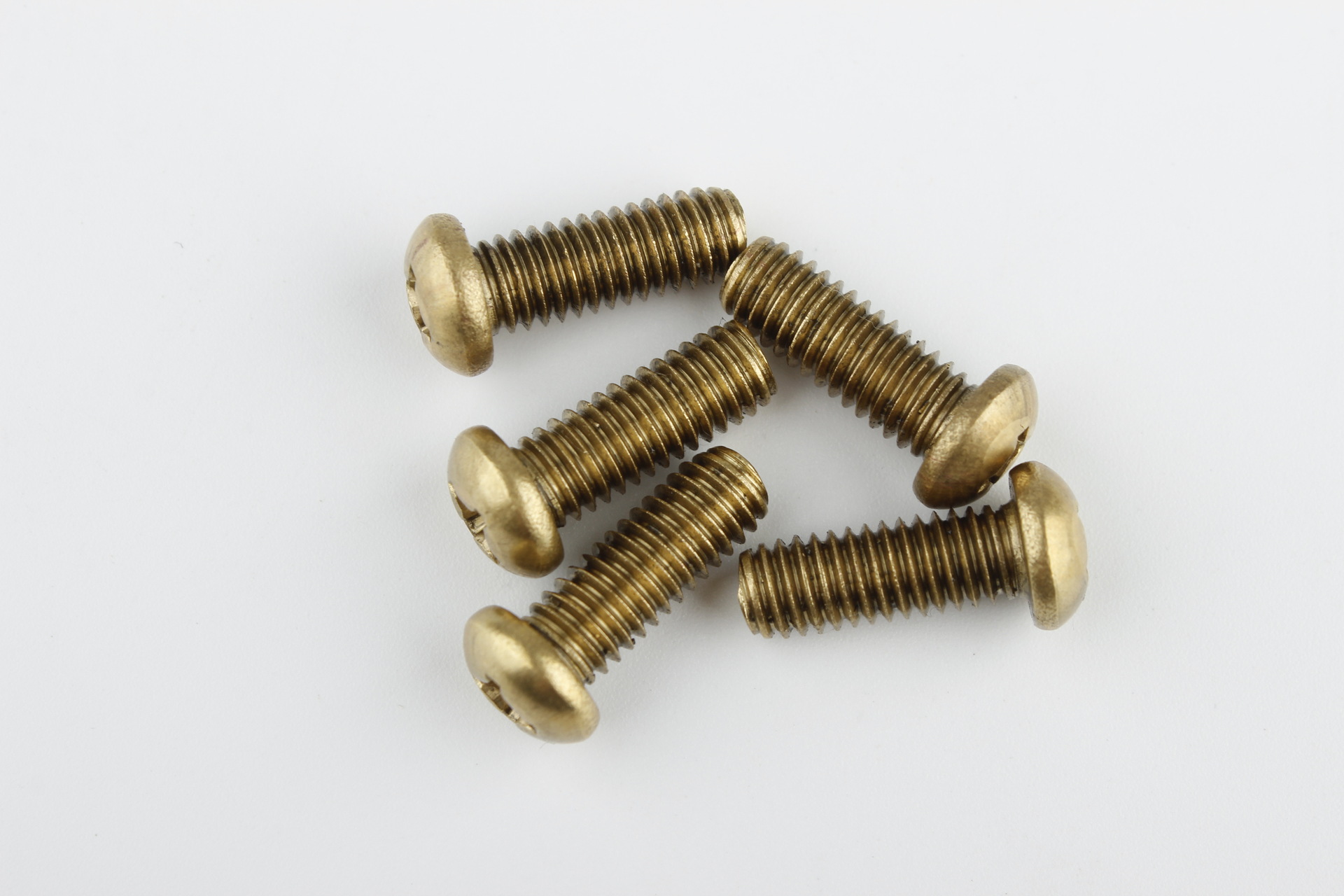
Aluminum Screws: Aluminum screws are lightweight and corrosion-resistant. They are commonly used in aerospace, automotive, and electronics industries where weight reduction is critical.
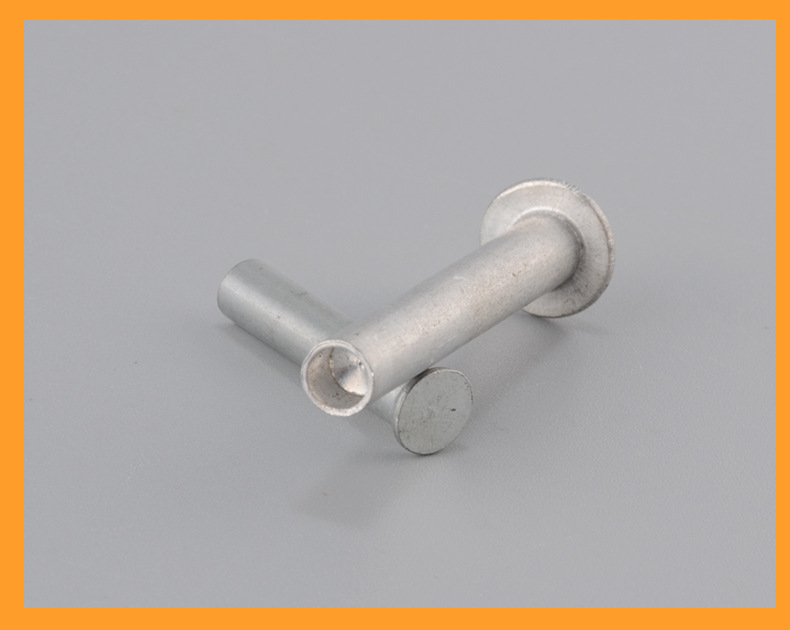
| Screw Material | Advantages | Disadvantages | Common Applications |
|---|---|---|---|
| Steel Screws | - High strength - Versatile | - Prone to rust | General-purpose, construction |
| Stainless Steel Screws | - Corrosion-resistant - Ideal for outdoor use | - Costlier than steel | Outdoor, marine, food industry |
| Brass Screws | - Aesthetic appeal - Corrosion-resistant | - Soft, may strip - Relatively expensive | Decorative, marine, electronics |
| Aluminum Screws | - Lightweight - Corrosion-resistant | - Lower strength than steel | Aerospace, automotive, electronics |
Understanding thread types is crucial because they determine how the screw engages with the material it's driven into. Let's explore the most common thread types.
Wood Screws: Wood screws have coarse threads and are designed for use in wood. They have a sharp point that makes them easy to start in wood without pre-drilling.
Machine Screws: Machine screws have finer threads and are typically used in metal or plastic. They require a nut or threaded hole to create a secure connection.
Self-Tapping Screws: Self-tapping screws have a unique thread design that allows them to cut their threads into materials like metal or plastic. They are often used in assembly applications where creating a threaded hole is not practical.
| Thread Type | Advantages | Disadvantages | Common Applications |
|---|---|---|---|
| Wood Screws | - Easy to start in wood - Coarse threads for grip | - Not ideal for metal - Limited torque | Woodworking, furniture |
| Machine Screws | - Fine threads for precision - Versatile materials | - Require a nut or threaded hole - Not for high-torque applications | Machinery, electronics |
| Self-Tapping Screws | - Create their own threads - Suitable for various materials | - May require pre-drilling - Limited torque in some cases | Assembly, automotive |
Choosing the right length and diameter for your screws is crucial to ensure a secure and stable connection. Let's explore how these factors impact your projects.
Screw Length: The length of a screw determines how deep it can penetrate into the material. Using the right length prevents the screw from protruding or not reaching its intended depth, ensuring a strong connection.
Screw Diameter: The diameter, often referred to as the screw's gauge, affects its load-bearing capacity. Using the appropriate diameter ensures that the screw can handle the forces applied to it.
| Aspect | Importance | Impact of Mismatch | How to Choose |
|---|---|---|---|
| Screw Length | Critical | Protrusion or insufficient depth | Measure the thickness of the materials being joined and add some extra length for a secure hold. |
| Screw Diameter | Critical | Reduced load-bearing capacity | Refer to load-bearing tables or guidelines provided by manufacturers for the specific screw type. |
In addition to standard screws, various specialized screw types cater to specific needs. Let's explore some of these specialized screws and their applications.
Security Screws: Security screws are designed to deter tampering or unauthorized removal. They have unique drive shapes that require special tools for installation and removal.
Tamper-Proof Screws: Similar to security screws, tamper-proof screws are designed to prevent tampering, vandalism, or theft. They often feature unconventional drive heads.
| Specialized Screw | Features | Applications |
|---|---|---|
| Security Screws | Unique drive shapes, tamper-resistant | High-security environments, electronics |
| Tamper-Proof Screws | Unconventional drive heads, vandalism prevention | Public infrastructure, retail security |
To make your selection process easier, here's a summary chart of various screw types and their recommended applications.
| Screw Type | Material | Thread | Common Applications |
|---|---|---|---|
| Steel Screws | Steel | Coarse | General-purpose, construction |
| Stainless Steel Screws | Stainless Steel | Coarse | Outdoor, marine, food industry |
| Brass Screws | Brass | Coarse | Decorative, marine, electronics |
| Aluminum Screws | Aluminum | Coarse | Aerospace, automotive, electronics |
| Wood Screws | Steel | Coarse | Woodworking, furniture |
| Machine Screws | Steel | Fine | Machinery, electronics |
| Self-Tapping Screws | Steel | Self-tapping | Assembly, automotive |
| Security Screws | Varies | Varies | High-security environments, electronics |
| Tamper-Proof Screws | Varies | Varies | Public infrastructure, retail security |
Metalworking demands precision and strength. Let's explore the screws tailored for metal applications and ensure your projects are secure.
Metal screws are specially designed to handle the unique challenges of fastening materials like steel, aluminum, and other metals. Using the right type of screw ensures a secure connection and prevents issues like rust or corrosion.
Machine Screws: Machine screws are widely used in metal applications. They feature fine threads and are often used with nuts or threaded holes to create strong connections in metal structures and machinery.
Self-Tapping Screws for Metal: Self-tapping screws designed for metal have sharp points and threads specially designed to cut into metal, creating their own threads as they go. They are perfect for attaching metal to metal without the need for pre-drilling.
Sheet Metal Screws: These screws have sharp, tapered points and coarse threads designed for fastening metal sheets and thin materials. They are commonly used in HVAC systems, roofing, and automotive applications.
| Screw Type | Features | Applications |
|---|---|---|
| Machine Screws | Fine threads, versatile materials | Machinery, metal assemblies |
| Self-Tapping Screws for Metal | Sharp points, cut their threads | Metal roofing, automotive, HVAC |
| Sheet Metal Screws | Tapered points, coarse threads | HVAC systems, roofing, automotive |
Selecting the right metal screws involves considering specific factors to ensure optimal performance and longevity.
Corrosion Resistance: Metal screws in outdoor or humid environments should be corrosion-resistant to prevent rust. Stainless steel or galvanized screws are excellent choices.
Thread Type: Understanding the threading pattern of metal screws is crucial. Coarse threads provide better grip in softer metals, while fine threads are better for hard metals.
Torque Requirements: Consider the amount of force or torque the screw will be subjected to. Choose a screw with the appropriate thread design and diameter to handle the load.
| Factor | Importance | Impact of Mismatch | How to Choose |
|---|---|---|---|
| Corrosion Resistance | Critical | Rust and degradation | Choose stainless steel or galvanized screws for outdoor or humid environments. |
| Thread Type | Critical | Reduced grip or difficulty in installation | Match coarse threads with softer metals and fine threads with harder metals. |
| Torque Requirements | Critical | Potential for damage or loosening | Refer to load-bearing tables and guidelines for specific torque requirements. |
Now that you've selected the right metal screws, it's essential to use them effectively to ensure a secure and long-lasting connection.
Pre-Drilling: When using self-tapping screws, pre-drill holes slightly smaller than the screw diameter to make installation easier and prevent damage to the threads.
Proper Tightening: Use a torque wrench or a calibrated screwdriver to achieve the recommended torque for your screws. Over-tightening can damage the threads, while under-tightening may result in a loose connection.
Thread Locking Solutions: Consider using thread-locking adhesives or anti-seize compounds to enhance the performance and longevity of metal screws.
Special screw heads offer unique advantages and applications. Let's delve deeper into these specialized options and understand where and why they might be your best choice.
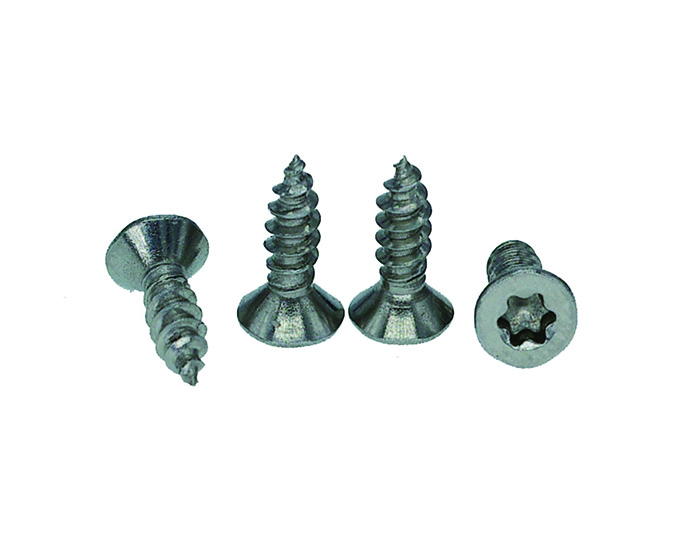
Torx screws, also known as star screws, have become increasingly popular due to their superior grip and torque control. They are characterized by a six-pointed star shape, which allows for better engagement between the screwdriver or bit and the screw head.
Unique Grip: The design of Torx screws provides a more secure and robust grip compared to traditional screw heads like Phillips or flatheads.
Reduced Stripping: Torx screws are less prone to stripping or camming out, reducing the likelihood of damaging the screw head during installation or removal.
High Torque: Their enhanced grip enables Torx screws to handle higher levels of torque, making them ideal for applications where precision and strength are paramount.
Applications: Torx screws are commonly used in the automotive industry, electronics, appliances, and precision equipment where tight tolerances and reliability are essential.
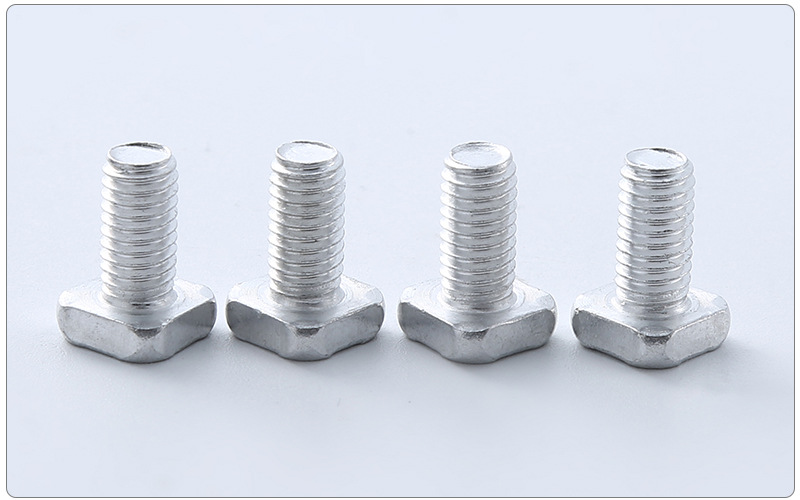
Square-headed screws, also known as Robertson screws, feature a square-shaped recess in the screw head. This design offers several advantages, making them a reliable choice in demanding projects.
Anti-Stripping Properties: Square screw heads are less likely to strip or slip during installation, ensuring a secure connection.
High Torque: The square shape provides excellent torque transfer, making square screws suitable for applications requiring significant force.
Applications: Square screws are widely used in construction, woodworking, and furniture assembly due to their ability to provide a strong, secure connection.
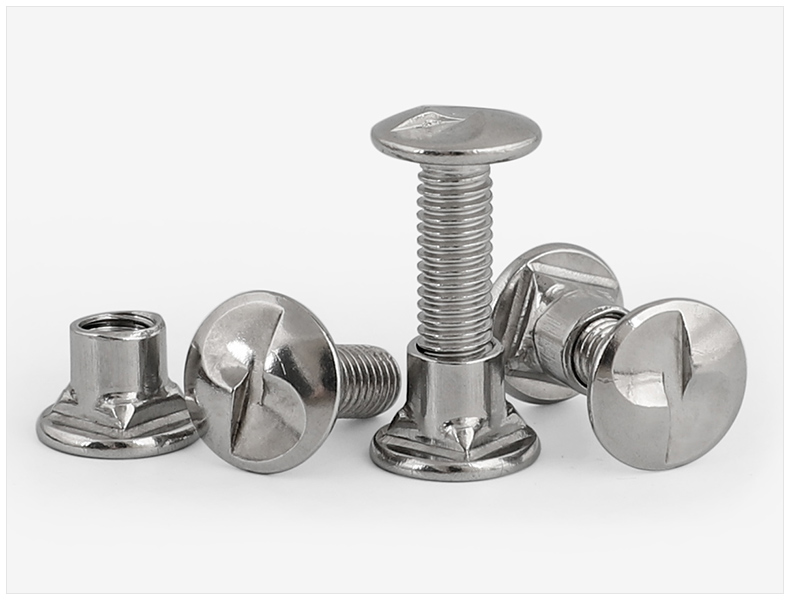
One-way screws are designed for security and tamper resistance. They have a unique drive shape that allows them to be easily installed but very challenging to remove without the appropriate tool.
Security: One-way screws deter unauthorized removal or tampering, making them suitable for public infrastructure and retail security.
Limited Reverse Compatibility: These screws can only be installed in one direction, making them challenging to remove with standard tools.
Applications: One-way screws find use in environments where the prevention of tampering or vandalism is critical, such as public signs, ATMs, and electrical panels.
To summarize the unique features and applications of special screw heads, refer to the chart below:
| Special Screw Head | Features | Applications |
|---|---|---|
| Torx Screws | Six-pointed star shape, superior grip | Automotive, electronics, precision equipment |
| Square Screws | Square-shaped recess, anti-stripping | Construction, woodworking, furniture assembly |
| One-Way Screws | Unique drive shape, tamper-resistant | Public infrastructure, retail security |
To ensure a perfect fit, understanding screw sizing is crucial. Let's demystify the art of measuring screws.
Screw sizing involves understanding the key dimensions that define a screw's size. These dimensions include gauge, length, and pitch. Let's explore each aspect in detail.
Gauge: The gauge of a screw refers to its diameter. In some countries, it's expressed in millimeters, while in others, it's measured in inches. A higher gauge number indicates a smaller screw diameter, and vice versa.
Length: Screw length is measured from the tip of the screw to the surface of the material it's driven into. Using the right length ensures a secure hold without protrusion or insufficient depth.
Pitch: Pitch refers to the distance between threads on a screw. It plays a vital role in determining how tightly the screw will engage with the material. Coarse threads have a larger pitch and are suited for softer materials, while fine threads have a smaller pitch and are ideal for harder materials.
| Sizing Dimension | Measurement | Importance | How to Choose |
|---|---|---|---|
| Gauge (Diameter) | mm or inches | Critical | Match the gauge to the material and load-bearing requirements. |
| Length | mm or inches | Critical | Measure the thickness of materials and add extra length for a secure hold. |
| Pitch | mm or inches | Critical | Choose coarse threads for softer materials and fine threads for harder materials. |
Understanding the markings on screws is essential for quick and accurate identification. Screw manufacturers often mark their products to indicate the size, material, and sometimes even the manufacturer's brand.
Example Markings: Screw markings may include details such as gauge (diameter), length, material, and other specifications. For instance, you might see markings like "M4 x 20" on a metric screw, indicating it's a 4mm diameter screw with a 20mm length.
Reference Charts: Manufacturers often provide reference charts or guides to help users decipher screw size markings. These charts are valuable resources for identifying the right screws.
Choosing the right screw size involves matching it precisely to your project's requirements. Here are some practical guidelines:
Thickness Assessment: Measure the thickness of the materials you're joining, and add a few extra millimeters or inches to the screw length to ensure a secure hold.
Load-Bearing Capacity: Refer to load-bearing tables or guidelines provided by manufacturers for the specific screw type you're using. Ensure that the screw can handle the forces applied to it.
| Aspect | Importance | Impact of Mismatch | How to Choose |
|---|---|---|---|
| Thickness Assessment | Critical | Protrusion or insufficient depth | Measure material thickness and add extra length for a secure hold. |
| Load-Bearing Capacity | Critical | Potential for damage or loosening | Refer to load-bearing tables and guidelines for the specific screw type. |
As you embark on your future projects, remember that the right screw is the unsung hero that holds it all together. Whether you're building, repairing, or crafting, the knowledge you've gained from this guide will empower you to make informed decisions and achieve secure, reliable connections.
Don't hesitate to explore different screw options and consult manufacturer guidelines when in doubt. Now, armed with this comprehensive understanding of screws, you're ready to tackle any project with confidence. Happy screwing!
When it comes to high quality CNC machining services, only choosing the most professional partner can ensure the success of your project.Richconn, the leading CNC machining services company in China, has always been committed to providing exceptional solutions to our customers. Our commitment is to incorporate innovation, precision, and reliability into every project, whether it's in aerospace, automotive, medical devices, or electronics manufacturing. When you choose Richconn, you get unrivaled expertise and technical excellence to bring peak performance to your projects. Let's build the future together and achieve excellence together!
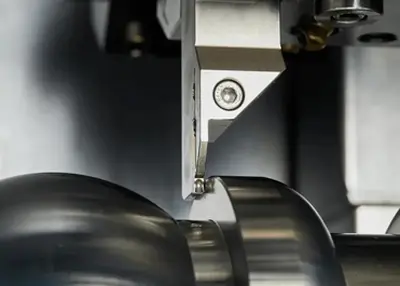 Machining tips and precautions in grooving and cutting offNovember 17, 2023The cutoff and grooving process is an important part of CNC turning machining and presents many unique challenges. During the machining process, the limitations of machine tool and tool rigidity, cooling conditions, programming techniques, tool performance and many other factors can cause problems for machining efficiency, quality and safety.view
Machining tips and precautions in grooving and cutting offNovember 17, 2023The cutoff and grooving process is an important part of CNC turning machining and presents many unique challenges. During the machining process, the limitations of machine tool and tool rigidity, cooling conditions, programming techniques, tool performance and many other factors can cause problems for machining efficiency, quality and safety.view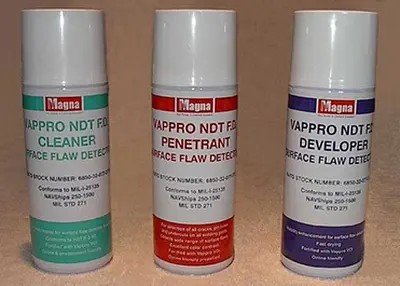 What Does Color Flaw Detection Mean?October 19, 2023Color flaw detection is a method of non-destructive testing, it is a surface inspection method, mainly used to detect such as the naked eye can not identify the cracks and other surface damage, such as the detection of stainless steel material near the surface defects (cracks), porosity, porosity, delamination, unwelded and unfused and other defects (also known as PT detection).view
What Does Color Flaw Detection Mean?October 19, 2023Color flaw detection is a method of non-destructive testing, it is a surface inspection method, mainly used to detect such as the naked eye can not identify the cracks and other surface damage, such as the detection of stainless steel material near the surface defects (cracks), porosity, porosity, delamination, unwelded and unfused and other defects (also known as PT detection).view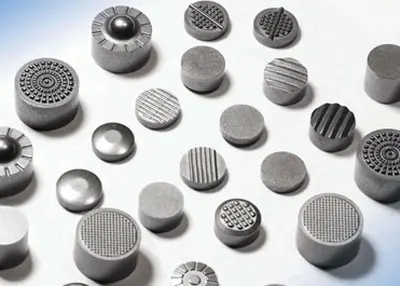 Understanding Steel Material for Custom Prototyping: Properties, Grades, and ApplicationsMarch 14, 2024Let’s explore the diverse properties, grades and uses of steel material in prototyping, from its melting point to its versatility across different industry sectors.view
Understanding Steel Material for Custom Prototyping: Properties, Grades, and ApplicationsMarch 14, 2024Let’s explore the diverse properties, grades and uses of steel material in prototyping, from its melting point to its versatility across different industry sectors.view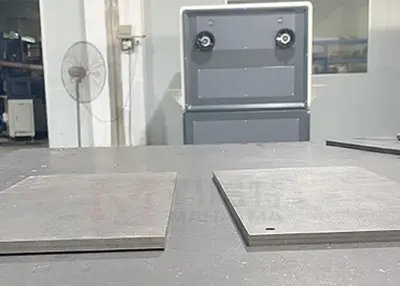 Steel Plate Flatness Tolerance: The Choice When You Have Flatness Tolerance for Steel PlatesAugust 4, 2023With the continuous improvement of manufacturing quality requirements, steel plates, as an important basic material and mechanical component, their flatness directly affects the precision of subsequen...view
Steel Plate Flatness Tolerance: The Choice When You Have Flatness Tolerance for Steel PlatesAugust 4, 2023With the continuous improvement of manufacturing quality requirements, steel plates, as an important basic material and mechanical component, their flatness directly affects the precision of subsequen...view Applications of CNC Machining in Automotive IndustryJune 14, 2024As we know, CNC machining is widely used in automotive manufacturing. What is the specific application of CNC machining in the field of automotive manufacturing? Here come the answers!view
Applications of CNC Machining in Automotive IndustryJune 14, 2024As we know, CNC machining is widely used in automotive manufacturing. What is the specific application of CNC machining in the field of automotive manufacturing? Here come the answers!view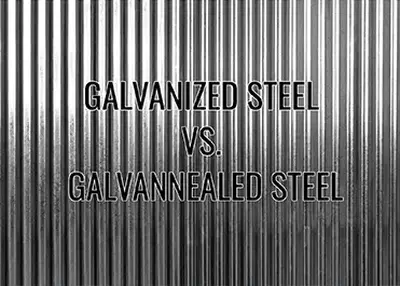 Galvanized vs. Galvannealed Steel: A ComparisonNovember 28, 2023Steel is one of the most widely used materials in various industries, such as construction, automotive, aerospace, and manufacturing. However, steel is also susceptible to corrosion and rust when exposed to moisture and oxygen.view
Galvanized vs. Galvannealed Steel: A ComparisonNovember 28, 2023Steel is one of the most widely used materials in various industries, such as construction, automotive, aerospace, and manufacturing. However, steel is also susceptible to corrosion and rust when exposed to moisture and oxygen.view